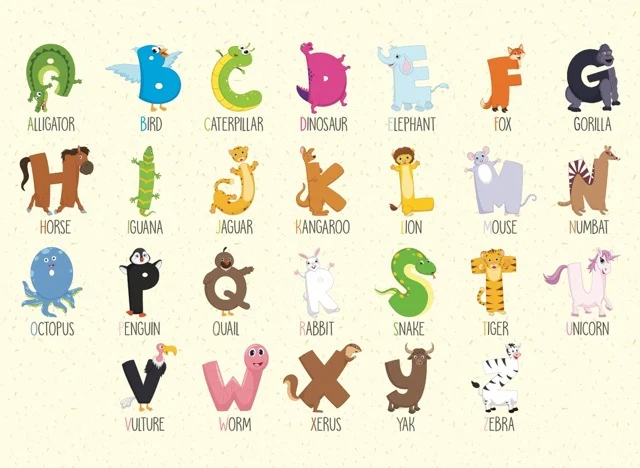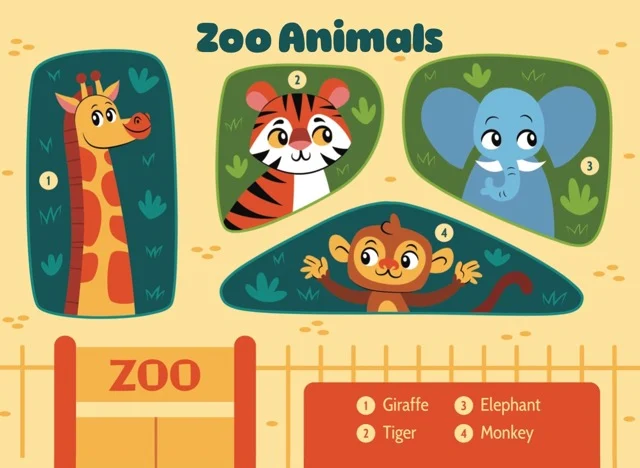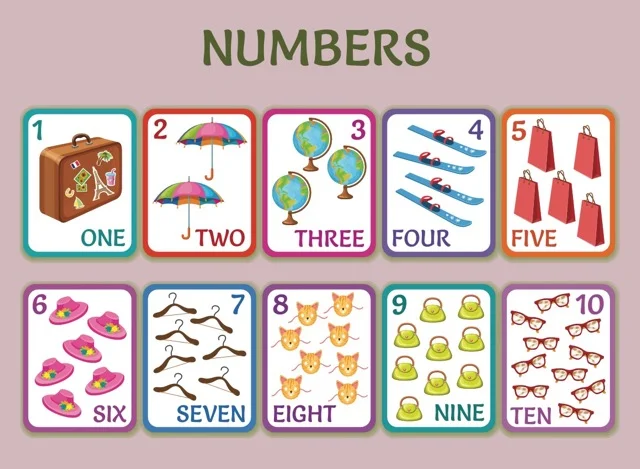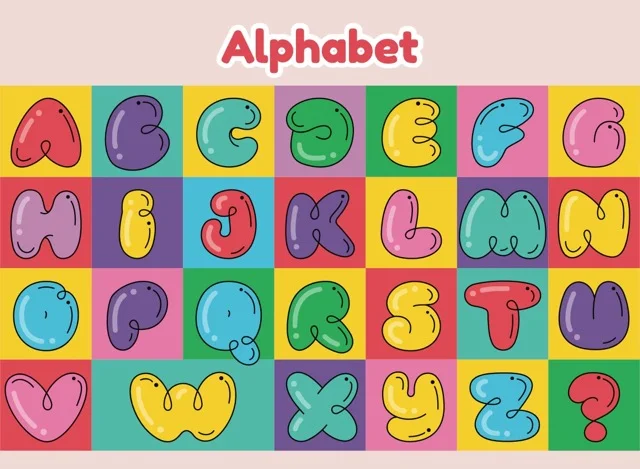Educational Placemats: Enhancing Learning at Mealtimes
Educational placemats are reviewed as a valuable tool for enhancing children's learning during mealtimes. These placemats, available in various designs and subjects (like language, math, and science), transform mealtimes into interactive learning experiences. They promote cognitive and language development, offer a screen-free alternative, and can be purchased or created at home. The diverse range of content ensures adaptability to different age groups and learning needs, benefiting both parents and educators. Ultimately, they are presented as a fun and effective way to supplement education.
Educational Placemats: A Comprehensive Review
Educational Placemats: A Comprehensive Review
This briefing document examines the benefits, features, and types of educational placemats based on the provided sources: "Educational Placemats: A Comprehensive Guide" and "Testing Theme: Placemats.pdf".
Main Themes:
●
Transforming Mealtimes: Educational placemats aim to convert mealtime, often a source of distraction for children, into a valuable opportunity for learning and engagement. They achieve this by presenting educational content in an appealing, interactive, and digestible format.
●
Cognitive and Language Development: The sources consistently emphasize the role of educational placemats in fostering children's cognitive and language development. They introduce new vocabulary, spark conversations, and challenge children to think critically, problem-solve, and improve memory.
●
Screen-Free Alternative: In a digital age dominated by screens, educational placemats offer a healthy alternative for children during meals. They encourage interaction with educational content instead of passive screen time, promoting healthy eating habits and family bonding.
Key Facts and Ideas:
●
Purpose: "Educational placemats aim to transform mealtimes into engaging learning experiences for children. They achieve this by presenting educational content in a fun and accessible format."
●
Target Audience: Placemats cater to various age groups, with content complexity adjusted accordingly. Toddlers might focus on colors and shapes, while older children delve into multiplication or geography.
●
Subject Coverage: Educational placemats span diverse subjects, including:
○
Language and Literacy: alphabets, vowels, sight words, spelling, and reading comprehension.
○
Mathematics: numbers, counting, basic operations, shapes, and patterns.
○
Science: solar system, planets, animals, plants, and the human body.
○
General Knowledge: days of the week, months of the year, colors, fruits, vegetables, and animals.
●
Materials: Placemats are typically made from durable, easy-to-clean materials like laminated cardboard, plastic, and silicone. Some feature dry-erase surfaces for interactive writing and drawing.
●
Availability: Educational placemats can be purchased from online marketplaces, educational supply stores, department stores, and bookstores.
●
DIY Option: Parents and educators can create personalized placemats tailored to their children's interests and learning needs using coloring pages, printable worksheets, or craft materials.
Examples (from "Testing Theme: Placemats.pdf"):
The provided visuals showcase a diverse array of placemat themes, reinforcing the variety and breadth of educational content available. Examples include:
●
Language & Literacy: Alphabet charts, vowel identification, sight words, and spelling activities.
●
Mathematics: Number recognition, counting exercises, and basic mathematical operations.
●
Science: Detailed diagrams of the solar system, including planet names and characteristics.
●
General Knowledge: Illustrations and labels for fruits, vegetables, wild animals, farm animals, and more.
Benefits:
●
Encourage Learning: Turn mealtimes into opportunities for learning and skill development.
●
Enhance Cognitive Skills: Improve memory, problem-solving, and critical thinking.
●
Promote Language Development: Introduce new vocabulary and encourage conversation.
●
Make Learning Fun: Present educational content engagingly and entertainingly.
●
Reduce Screen Time: Provide a healthy alternative to digital devices during meals.
Conclusion:
Educational placemats are a valuable tool for enriching children's learning experiences during mealtimes. They offer a multi-sensory, interactive, and enjoyable approach to education, fostering cognitive development, language skills, and healthy eating habits. The diverse range of available themes and the option for personalized creation ensures that educational placemats can be tailored to individual needs and interests, making them a valuable resource for parents and educators alike.
Educational Placemats: A Comprehensive Guide
Educational Placemat FAQs
1. What are educational placemats?
Educational placemats are designed to transform mealtimes into engaging learning experiences. They typically feature colorful and interactive content like alphabets, numbers, colors, shapes, animals, solar systems, and more. By providing a fun and accessible way to learn, these placemats help children develop essential skills while enjoying their meals.
2. What subjects and topics do educational placemats cover?
Educational placemats encompass a wide range of subjects and topics suitable for various age groups and interests. Some common themes include:
●
Language and Literacy: Alphabets, vowels, sight words, spelling, reading comprehension.
●
Mathematics: Numbers, counting, basic operations, shapes, patterns.
●
Science: Solar system, planets, animals, plants, human body.
●
General Knowledge: Days of the week, months of the year, colors, fruits, vegetables, animals.
3. What age group are educational placemats best suited for?
Educational placemats cater to a broad audience, from toddlers to older children. The complexity of the content varies depending on the intended age group. For instance, placemats for toddlers may focus on basic concepts like colors and shapes, while those for older children may delve into more advanced topics like multiplication or geography.
4. What are the benefits of using educational placemats?
Educational placemats offer numerous benefits:
●
Encourage Learning: They turn mealtimes into opportunities for learning and skill development.
●
Enhance Cognitive Skills: They help improve memory, problem-solving, and critical thinking.
●
Promote Language Development: They introduce new vocabulary and encourage conversation.
●
Make Learning Fun: They present educational content in an engaging and entertaining manner.
●
Reduce Screen Time: They provide a healthy alternative to digital devices during meals.
5. What are educational placemats typically made of?
Educational placemats are usually crafted from durable and easy-to-clean materials such as:
●
Laminated Cardboard: Offers a sturdy and wipeable surface.
●
Plastic: Provides a waterproof and stain-resistant option.
●
Silicone: Features a non-slip and heat-resistant surface.
6. Are educational placemats reusable?
Most educational placemats are designed for repeated use. They are typically made from washable or wipeable materials, allowing for easy cleaning after each meal. Some placemats may even feature dry-erase surfaces, enabling children to practice writing or drawing directly on the placemat.
7. Where can I purchase educational placemats?
Educational placemats are readily available at various retailers, including:
●
Online Marketplaces: Amazon, Etsy, eBay.
●
Educational Supply Stores: Lakeshore Learning, Discount School Supply.
●
Department Stores: Target, Walmart.
●
Bookstores: Barnes & Noble.
8. Can I create my own educational placemats?
Absolutely! You can design personalized educational placemats tailored to your child's specific interests and learning needs. Utilize resources like coloring pages, printable worksheets, or craft materials to create unique and engaging placemats. You can even involve your child in the process, encouraging creativity and ownership of their learning experience.
Educational Placemats: A Comprehensive Guide
Educational Placemat Study Guide
Glossary of Key Terms
●
Educational Placemat: A placemat designed to engage children in learning during mealtimes, typically featuring colorful and interactive content related to various subjects.
●
Laminated Cardboard: A type of cardboard coated with a thin layer of plastic for durability and wipeability, commonly used in placemat construction.
●
Silicone: A flexible, rubber-like material known for its heat resistance, non-slip properties, and suitability for food contact, often used for placemats.
●
Dry-Erase Surface: A smooth, wipeable surface that allows for writing or drawing with dry-erase markers, facilitating interactive learning on some placemats.
●
Cognitive Skills: Mental processes involved in learning, thinking, and problem-solving, which can be enhanced through the use of educational placemats.
●
Language Development: The process of acquiring language skills, including vocabulary, grammar, and communication, which placemats can support.
Quiz
Instructions: Answer each question in 2-3 sentences.
1.
What is the primary purpose of an educational placemat?
2.
Identify three subjects commonly covered by educational placemats.
3.
List two benefits of using educational placemats for children.
4.
Describe two typical materials used in the production of educational placemats.
5.
Explain what is meant by a 'dry-erase surface' on a placemat.
6.
How do educational placemats promote language development in children?
7.
Name two places where you might purchase educational placemats.
8.
Can you create your own educational placemats? Briefly explain.
9.
What kind of information might an educational placemat about the solar system include?
10.
How do educational placemats offer a healthy alternative to screen time during meals?
Quiz Answer Key
1.
Answer: Educational placemats aim to transform mealtimes into engaging learning experiences for children. They achieve this by presenting educational content in a fun and accessible format.
2.
Answer: Educational placemats cover a variety of subjects, including language and literacy, mathematics, science, and general knowledge. They might feature alphabets, numbers, colors, shapes, animals, the solar system, and more.
3.
Answer: Educational placemats offer several benefits such as encouraging learning during mealtimes, enhancing cognitive skills like memory and problem-solving, and promoting language development by introducing new vocabulary.
4.
Answer: Common materials used for educational placemats include laminated cardboard, which is sturdy and wipeable, and plastic, which is waterproof and stain-resistant. Silicone, known for its non-slip and heat-resistant qualities, is also a popular choice.
5.
Answer: A 'dry-erase surface' on a placemat refers to a smooth coating that allows children to write or draw on the placemat with dry-erase markers. This feature adds an interactive element, enabling children to practice and engage directly with the learning content.
6.
Answer: Educational placemats promote language development by introducing new vocabulary and sparking conversations about the featured topics. For instance, a placemat showcasing animals can lead to discussions about their names, sounds, and habitats.
7.
Answer: Educational placemats are available for purchase from various retailers, including online marketplaces like Amazon and Etsy, as well as educational supply stores and department stores.
8.
Answer: Yes, creating personalized educational placemats is possible. Utilizing resources like coloring pages, printable worksheets, or craft materials, you can design placemats tailored to your child's interests. This creative process can also encourage the child's involvement and ownership in their learning.
9.
Answer: An educational placemat about the solar system might include information about the planets, their order from the sun, their sizes, and unique characteristics. It could also feature illustrations and fun facts to engage children.
10.
Answer: Educational placemats provide a screen-free activity during meals, encouraging children to engage with educational content rather than digital devices. This fosters learning and interaction while promoting healthy eating habits.
Essay Questions
1.
Discuss the ways in which educational placemats can contribute to a child's cognitive development. Provide specific examples to illustrate your points.
2.
Analyze the effectiveness of using educational placemats as a tool for promoting language and literacy skills in young children.
3.
Compare and contrast the benefits of commercially produced educational placemats with those created at home. Consider factors such as cost, variety, and customization options.
4.
Evaluate the role of educational placemats in fostering a positive and engaging learning environment during mealtimes. How can they contribute to family bonding and shared learning experiences?
5.
Explore the potential of educational placemats to address specific learning challenges or cater to diverse learning styles. Provide examples of how placemats can be adapted or modified to meet individual needs.

















































